Unit system SI derived unit Symbol C SI base units A⋅s | Unit of Electric charge 1 C in ... ... is equal to ... | |
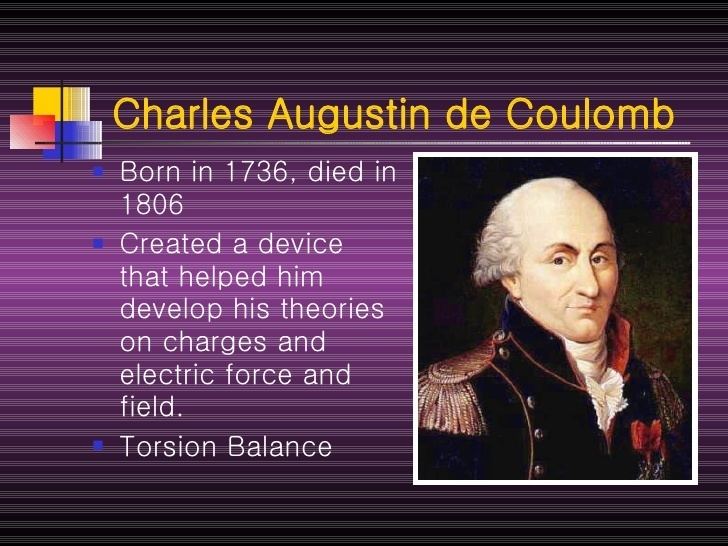 | ||
Named after Charles-Augustin de Coulomb | ||
Electrostatics part 1 introduction to charge and coulomb s law
The coulomb (unit symbol: C) is the International System of Units (SI) unit of electric charge. It is the charge (symbol: Q or q) transported by a constant current of one ampere in one second:
Contents
- Electrostatics part 1 introduction to charge and coulomb s law
- The coulomb and using q it
- Name and notation
- Definition
- SI prefixes
- Conversions
- Relation to elementary charge
- In everyday terms
- References
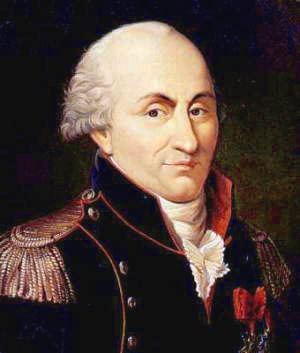
Thus, it is also the amount of excess charge on a capacitor of one farad charged to a potential difference of one volt:
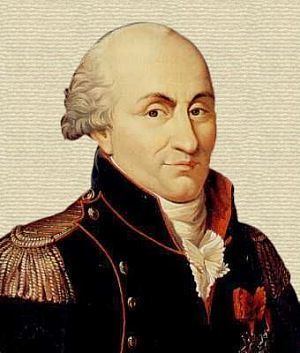
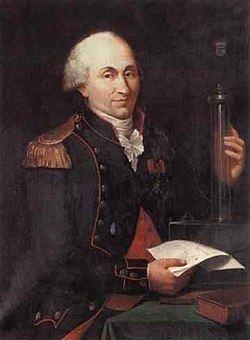
It is equivalent to the charge of approximately 7018624200000000000♠6.242×1018 (6995103600000000000♠1.036×10−5 mol) protons, and −1 C is equivalent to the charge of approximately 7018624200000000000♠6.242×1018 electrons.
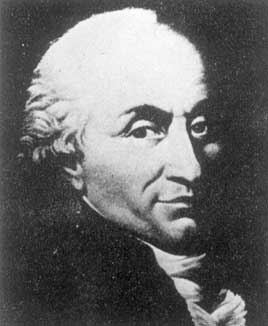
The coulomb and using q it
Name and notation
This SI unit is named after Charles-Augustin de Coulomb. As with every International System of Units (SI) unit named for a person, the first letter of its symbol is upper case (C). However, when an SI unit is spelled out in English, it should always begin with a lower case letter (coulomb)—except in a situation where any word in that position would be capitalized, such as at the beginning of a sentence or in material using title case. Note that "degree Celsius" conforms to this rule because the "d" is lowercase.— Based on The International System of Units, section 5.2.
Definition
The SI system defines the coulomb in terms of the ampere and second: 1 C = 1 A × 1 s. The second is defined in terms of a frequency naturally emitted by caesium atoms. The ampere is defined using Ampère's force law; the definition relies in part on the mass of the international prototype kilogram, a metal cylinder housed in France. In practice, the watt balance is used to measure amperes with the highest possible accuracy.
Since the charge of one electron is known to be about 6981160217662079999♠1.6021766208(98)×10−19 C, 1 C can also be considered the charge of roughly 6.241509×10^18 electrons (or +1 C the charge of that many positrons or protons), where the number is the reciprocal of 1.602177×10^−19.
The proposed redefinition of the ampere and other SI base units would have the effect of fixing the numerical value of the elementary charge to an explicit constant expressed in coulombs, and therefore it would implicitly fix the value of the coulomb when expressed as a multiple of the fundamental charge (the numerical values of those quantities are the multiplicative inverses of each other).
SI prefixes
See also SI prefix.
Conversions
Relation to elementary charge
The elementary charge, the charge of a proton (equivalently, the negative of the charge of an electron), is approximately 6981160217662079999♠1.6021766208(98)×10−19 C. In SI, the elementary charge in coulombs is an approximate value: no experiment can be infinitely accurate. However, in other unit systems, the elementary charge has an exact value by definition, and other charges are ultimately measured relative to the elementary charge. For example, in conventional electrical units, the values of the Josephson constant KJ and von Klitzing constant RK are exact defined values (written KJ-90 and RK-90), and it follows that the elementary charge e = 2/(KJRK) is also an exact defined value in this unit system. Specifically, e90 = (6991200000000000000♠2×10−9)/(7004258128070000000♠25812.807 × 7005483597900000000♠483597.9) C exactly. SI itself may someday change its definitions in a similar way. For example, one possible proposed redefinition is "the ampere...is [defined] such that the value of the elementary charge e (charge on a proton) is exactly 6981160217648699999♠1.602176487×10−19 coulombs", (in which the numeric value is the 2006 CODATA recommended value, since superseded). This proposal is not yet accepted as part of the SI.
